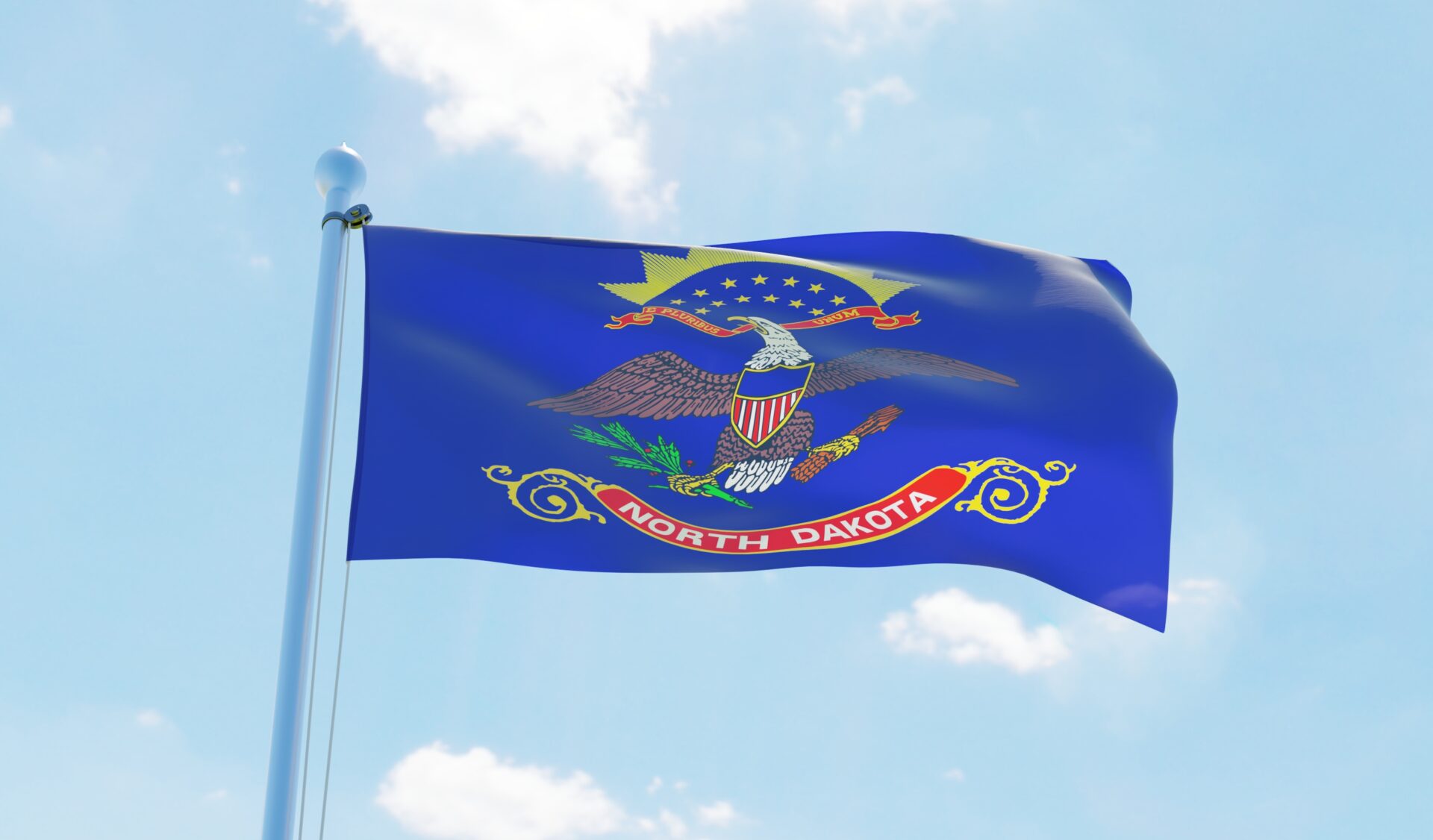The Standing Rock Sioux Tribe (SRST) recently filed a motion in federal court to shut down the Dakota Access Pipeline, which has been safely operating for more than two years now. As with previous legal filings, the tribe’s latest filing misrepresents or ignores inconvenient facts that discredit their years-long bid to halt the lawfully permitted project.
Here are four key facts missing from the latest legal filing:
- The SRST wasn’t “vigorously opposed [to] the siting of the pipeline from its inception.”
As we’ve discussed before, the SRST largely refused to participate in the US Army Corps’ exhaustive review of the Dakota Access Pipeline, which included at least 389 meetings and communications with 63 federally recognized Native American tribes. Furthermore, when representatives from the SRST did finally engage with the Corps, they did not express any fundamental objections to the pipeline. The tribe also declined to participate in or express any concerns during the North Dakota Public Service Commission’s 13-month review of the project.
- President Trump’s directive to “review and approve” an easement for the Dakota Access Pipeline wasn’t arbitrary.
President Trump signed a presidential memorandum on January 24, 2017 directing the U.S. Army Corps of Engineers to “review and approve” an easement needed for the Dakota Access Pipeline to cross beneath Lake Oahe. The directive was informed by career civil servants who conducted an extensive scientific review of the pipeline’s planning and recommended that the easement for Lake Oahe be approved. In fact, Joe-Ellen Darcy, the Assistant Secretary of the Army for Civil Works under President Obama, wrote in November 2016 that the Army Corps’ decision to approve the Lake Oahe crossing “comported with legal requirements.”
- Construction of the Dakota Access Pipeline didn’t result in the “destruction of sacred sites.”
The state and federal reviews of the Dakota Access Pipeline included extensive cultural resource surveys that resulted in over 100 route adjustments in North Dakota alone. As noted by U.S. District Judge James Boasberg:
“In North Dakota, for example, the cultural surveys found 149 potentially eligible sites, 91 of which had stone features. The pipeline workspace and route was modified to avoid all 91 of these stone features and all but 9 of the other potentially eligible sites. By the time the company finally settled on a construction path, then, the pipeline route had been modified 140 times in North Dakota alone to avoid potential cultural resources. Plans had also been put in place to mitigate any effects on the other 9 sites through coordination with the North Dakota SHPO.” (emphasis added)
In a September 2016 ruling, United States District Judge James Boasberg emphasized how the Dakota Access pipeline was routed within existing utility corridors to further minimize the risk of disturbing cultural artifacts. He wrote:
“The company also opted to build its new pipeline along well-trodden ground wherever feasible. Around Lake Oahe, for example, the pipeline will track both the Northern Border Gas Pipeline, which was placed into service in 1982, and an existing overhead utility line. In fact, where it crosses Lake Oahe, DAPL is 100% adjacent to, and within 22 to 300 feet from, the existing pipeline. Dakota Access chose this route because these locations had “been disturbed in the past – both above and below ground level – making it a ‘brownfield crossing location.’” This made it less likely, then, that new ground disturbances would harm intact cultural or tribal features.” (emphasis added)
Furthermore, a supplementary survey near Lake Oahe was conducted in September 2016 after the SRST alleged the pipeline company had destroyed cultural resources. The survey, undertaken by the State Historical Society of North Dakota, “yielded no evidence of infractions to or violations…with respect to disturbance of human remains or significant sites.”
- Multiple Oil and Natural Gas Pipelines Cross the Missouri River
Oil and natural gas pipelines crossed beneath the Missouri River upstream of the SRST’s reservation long before the Dakota Access Pipeline was built. As we’ve previously noted, DAPL’s Lake Oahe crossing runs adjacent to an interstate natural gas pipeline built in 1982. Further upstream there are at least four other pipeline crossing along with a major refining complex located adjacent to the river. But unlike DAPL, the SRST didn’t subject these projects to months of disruptive protests or lengthy litigation.
Perhaps even more significant though is the SRST’s decision to relocate its water intake facility less than two miles downstream of a railroad bridge used to carry oil tank cars over the river. Statistically, pipelines are 451 times safer than rail according to the U.S. Department of Transportation, yet Standing Rock is more concerned about the Dakota Access Pipeline—located nearly 70 miles away—than it is about a railroad located within eyesight of its water intake plant.

